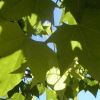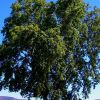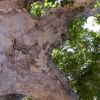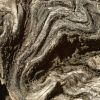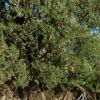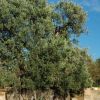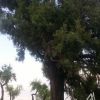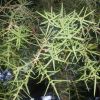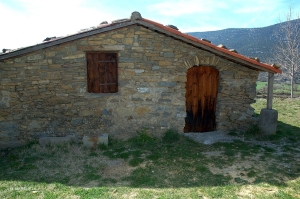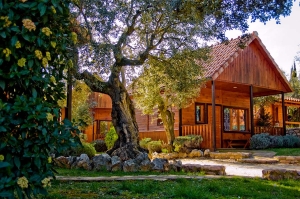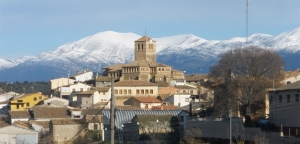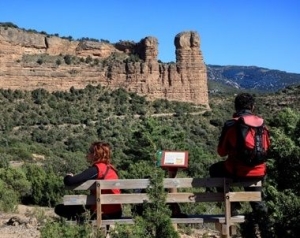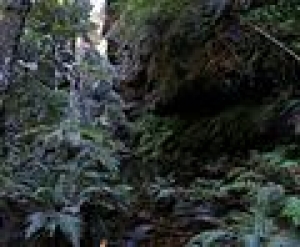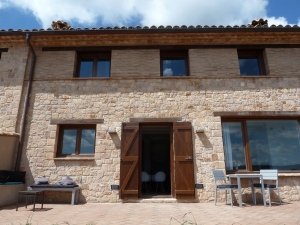Árboles singulares
Trees and Aqueduct Route. El Grado
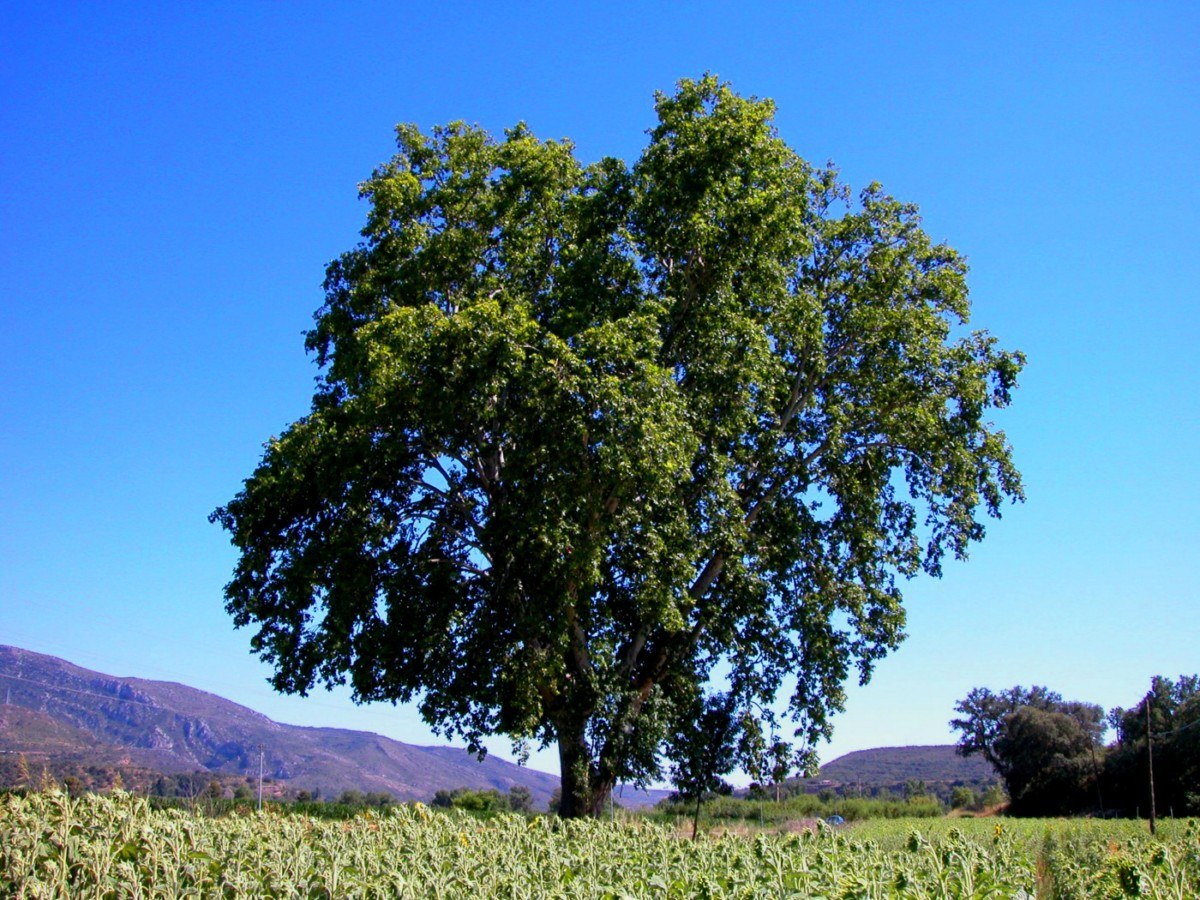
Technical information
Type of route: circular hiking route.
Departure point: El Grado, the Chuaquín Mill
KM: 6,6
Duration: 2 h
Gradient: 75 m
MIDE: 1-2-1-2
Difficulty:
Points of interest
Unique trees, heritage of the hydraulic Cinca Canalsand bird watching.
Route description
This trail, of easy-moderate difficulty, starts at the old flour mill (Molino de Chuaquín), which today has been renovated and transformed into a multiusespace :exhibition room, area dedicated to puppet shows, another for Parchis (Ludo)and the machine room for the old mill.
Throughout the walk you will pass around the impressive Cinca Canal and its aqueducts, discover 7 unique species of tree as well as some of the birds of the area. The Mediterranean forest with its flora and fauna leads down to the crystal clear water of the Cinca River. If you are lucky maybe you might see some birds of prey in acrobatic flight such as the Red Kite.
Photo gallery
Map
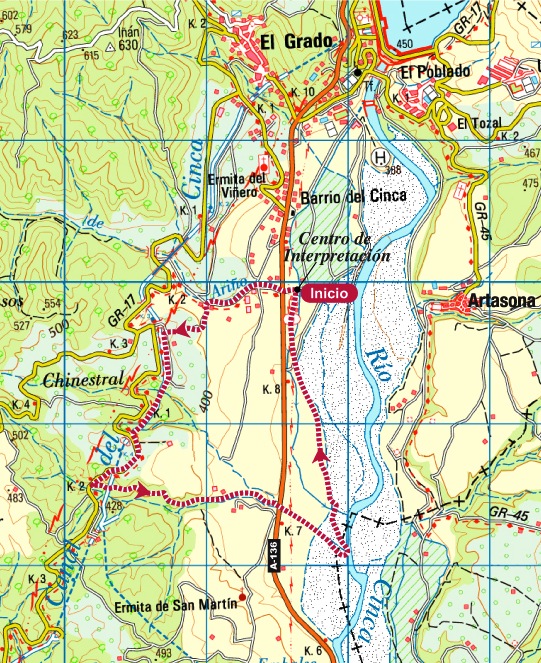
Singular Trees
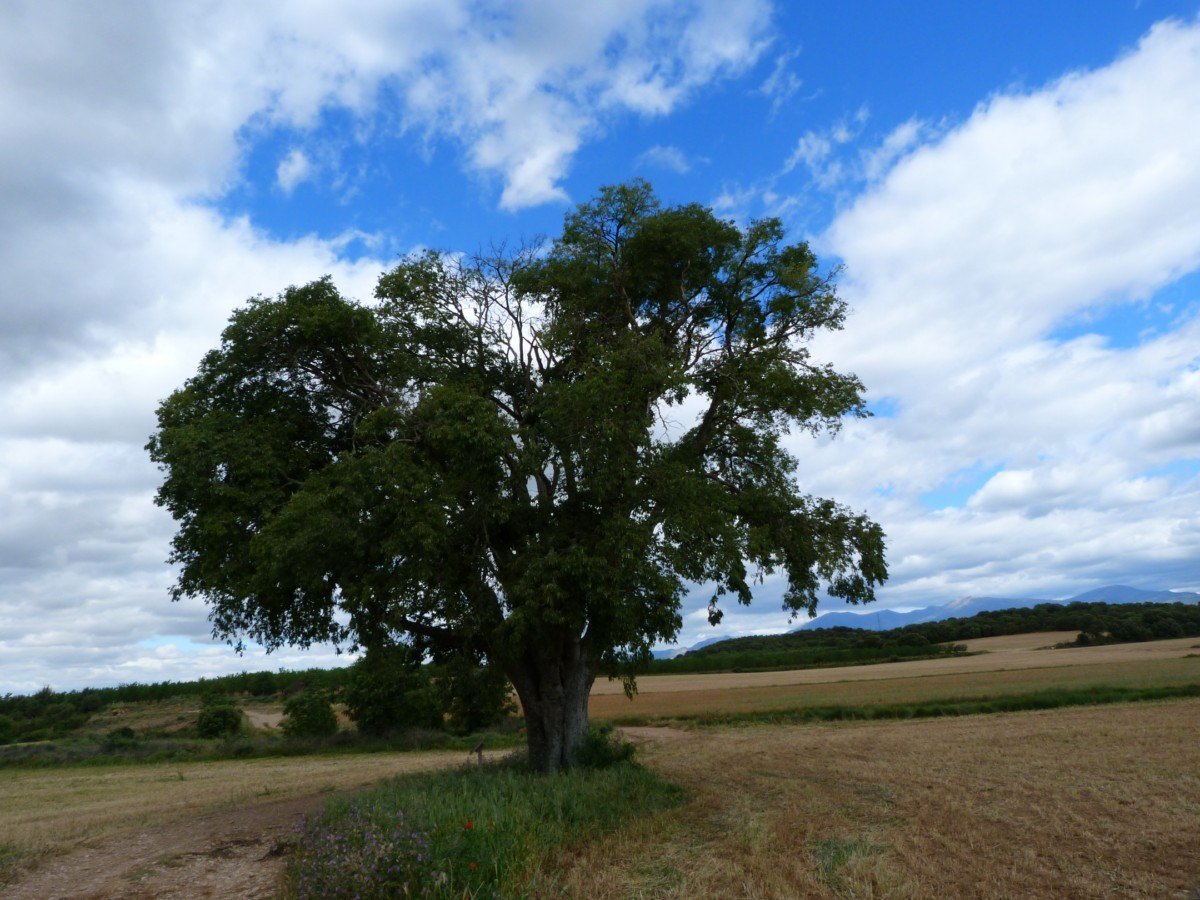
The oldest inhabitants of Somontano are trees, true natural monuments, many of which have been here for over a thousand years. Hollows in the trunks of these mighty trees are essential for the survival of many animals and plants and a safe refuge for wildlife.
Enjoy Somontano by visiting these guards of nature; get close, smell, feel, look and experience a magical world full of life.
Olive Tree. Colungo
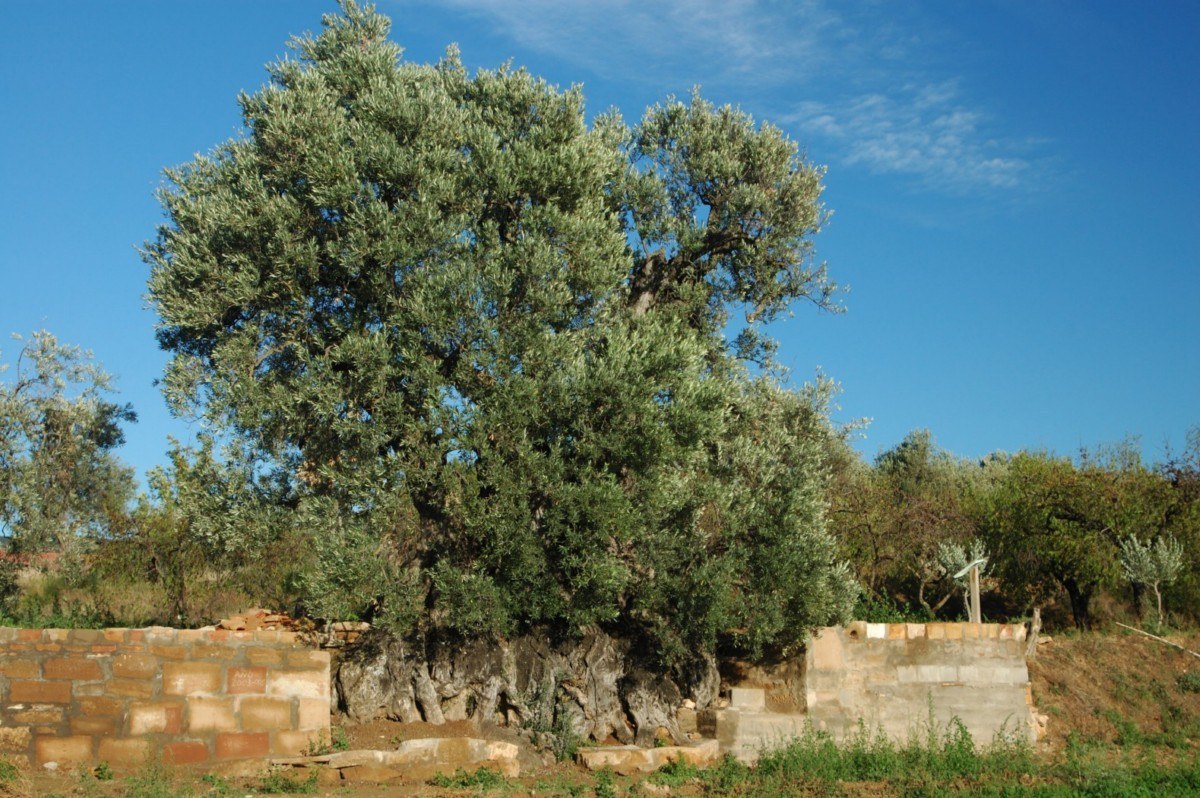
Olivo, olivera (Oleo europaea).
This huge tree has a circumference around its base of 13.65 metres and reaches 8 metres in height. It is thought to be over one thousand years old and is one of the most beautiful and best known tress in the higher reaches of Aragon. It is known locally as the Royera Nadal due to the brownish-red colour of its ripened olives. The tree is in excellent condition and grows on private land.
Juniper. Alquézar
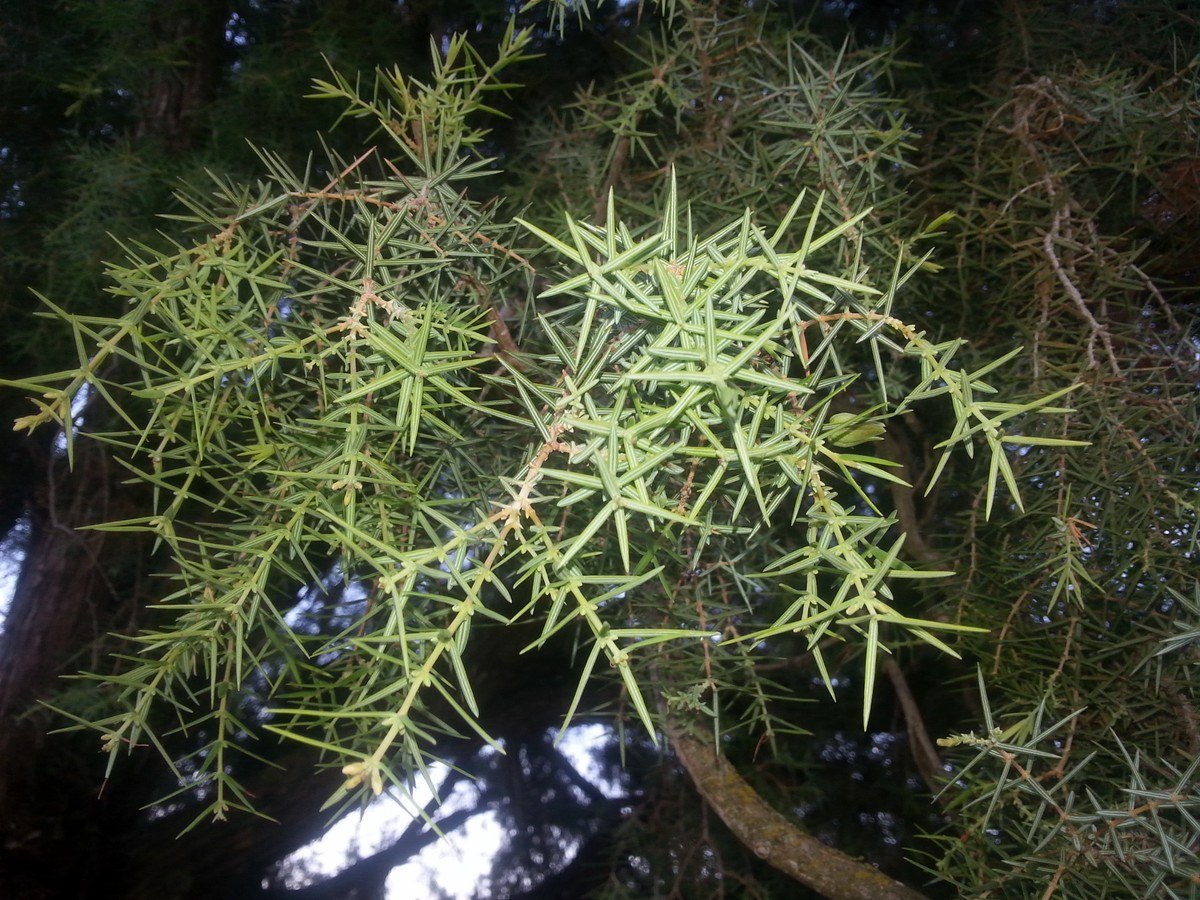
Juniper, Juniperus oxycedrus J., chinebro
This species is only found in the Northern hemisphere. It is a shrub which in optimal growing conditions can transform in a tree 10 metres high.
Its sharp leaves go together in groups of three and show two white strips in their outer face. The flowers grow in autumn, but when they are 18 months old it is when they become mature. When birds eat them they contribute to seeds dissemination. Its wood is highly appreciated in places like the Scandinavian Peninsula, where it is prepared to make boxes for cheese and butter.
Curious remedies
Ancient people burnt the juniper’s berries because of their antiseptic power. It was thought that the fumes which it detaches purified the environment. Its fruits have been used for alleviate gout, rheumatism. They are diuretic and whet appetite.
Did you know?
Guinevere comes from French language genévrier (juniper). It is like this because its berries are used to scent this alcoholic drink since it appeared in the XVI century.


